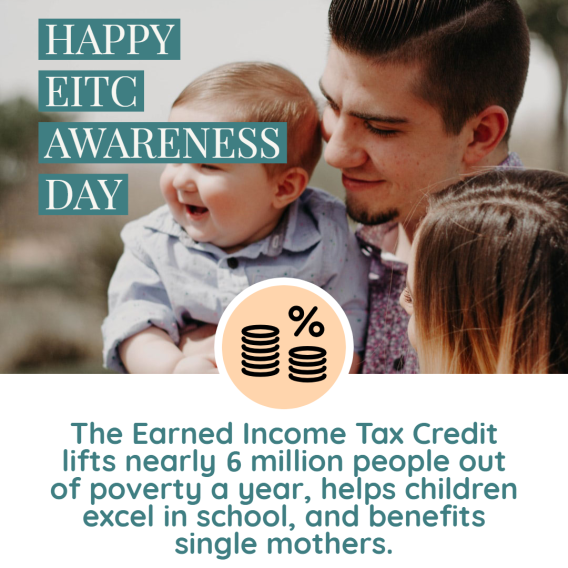
1. Working people thrive. In 2018, the Earned Income Tax Credit (EITC) and Child Tax Credit (CTC) lifted more than 10.6 million people in working families above the poverty line, including 5.5 million children. The EITC alone lifted more than 5.6 million people out of poverty, including about 3 million children.
2. Single mothers benefit. The EITC encourages work. In the 1980s and 1990s, EITC expansions accounted for more than half of the increase in employment among single mothers during that period.
3. Kids get a better start in life. Higher EITC refunds are linked to more prenatal care, less maternal stress, and signs of better infant health.
4. Children excel in school. Young students whose families receive higher EITC and CTC refunds score better on tests in school, particularly in math.
5. More kids graduate. Receiving a larger EITC in childhood increases the likelihood that a child will graduate high school or complete a GED.
6. More youth go on to college. The larger the EITC a child’s family receives, the more likely he or she will go to college by 19 or 20.
7. Young adults do better in life! Children from families who receive a higher EITC earn more as adults and work more hours.
8. Families lead healthier lives. Children from families who receive higher EITC and CTC refunds are likelier to avoid the early onset of disabilities and other illnesses associated with child poverty.
9. Workers get a little help—when they need it. The EITC provides a short-term safety net. Almost half of taxpayers with children claimed the EITC at least once during that 18-year period.
10. Families make ends meet. Families use the EITC to pay for necessities, make repairs, maintain cars, and invest in education.






